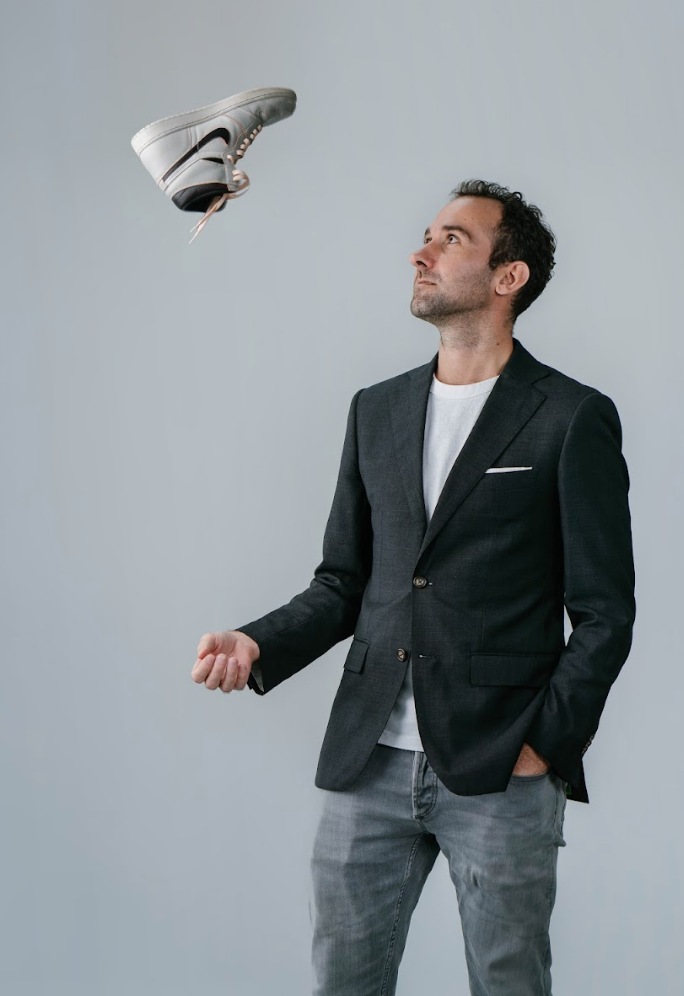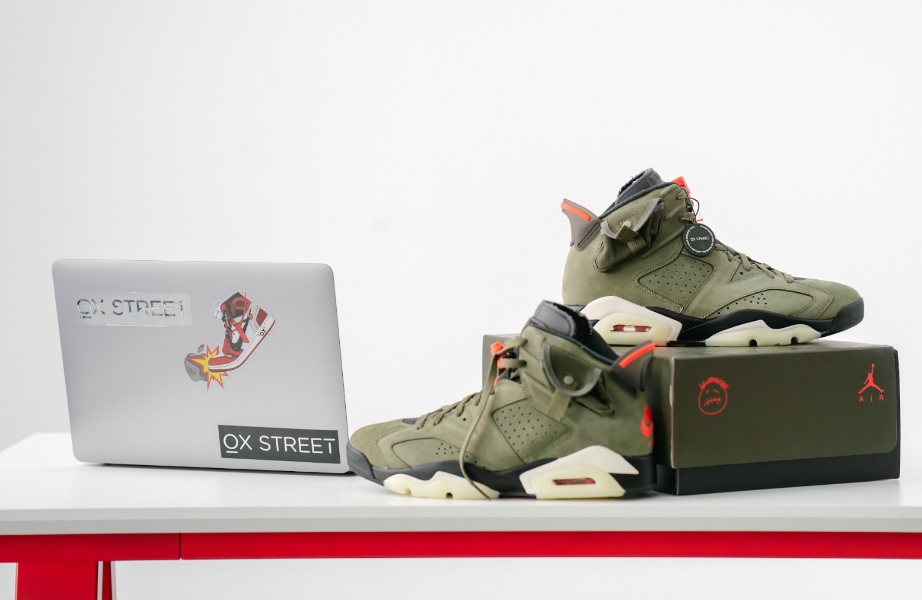The platform’s founder talks to Lifestyle Asia about the growth of the sneaker industry and how the pandemic and current events affect its sales.
In the past years, sneakers are no longer reserved for only gym sessions. Like the newest designer handbag can serve as a status symbol, so can the hottest new pair of sneakers. From Kendall Jenner routinely wearing Nike x Off-White sneakers to Kamala Harris loving Converse to Rihanna in Air Jordans, almost any public figure has their own go-to pair. And you probably do, too.
For dedicated sneakerhead Gijs Verheijke, the founder and CEO of Ox Street, being an early adopter of the trend has sparked a lifelong passion.

When he was ten, a classmate of the Netherlands-born entrepreneur wore a new pair of Nike Air Max. “They were very on-trend in the mid-nineties in the Netherlands. It was the first time I saw shoes with the visible air bubble, and as a 10-year-old boy, the concept of walking on air was just the best thing ever,” he tells Lifestyle Asia.

Ox Street is one of the fastest-growing end-to-end marketplace for authenticated sneakers and streetwear. It contributes to Southeast Asia’s sneaker resale market worth $10 billion—but how did the industry go from a sport essential to a fashion and cultural “must-have”?
Verheijke says that sneaker culture has been like a thread that connects multiple subcultures.
Stitching subcultures
“Rebelliousness is a core element of sneaker culture. Graffiti artists were among the first to prefer sneakers, probably because they were practical for when they had to run away,” he shares. “Other key sneaker culture hotspots have been basketball, hip hop, and skateboarding.”
Verheijke adds that skateboarding and hip hop as interests were still niche when he first got into sneakers. But now, they’ve gone mainstream along with the footwear its enthusiasts and artists would sport.
Verheijke points out three main drivers behind the industry’s billions-worth growth in Asia. First, he says for millennials and the older bracket of Gen Z, it’s the ability to finally afford the pieces they couldn’t in their youth—this has driven demand for collectible sneakers globally.
The pandemic caused significant boosts. The University of Groningen graduate says that people’s budget for travel, something lockdowns paused, were used for other luxuries like shopping.
Comfort’s key
Second is the comfort sneakers offer, compared to dress shoes or stilettos, “there is a 100 years secular trend toward wearing more comfortable clothing. Look back at what people were wearing around 1900 or before, ridiculously pompous and uncomfy. This trend was accelerated a lot by the pandemic because people stopped wearing formal wear to work.”
Lastly, Verheijke says that reselling, which is vast in the market due to limited releases, advances its valuation. “In the second half of 2021, we’ve seen part of the market switch towards NFTs (crypto) slightly, but that wave seems to be cresting now, and sneakers are still a solid opportunity for this segment. So, in general, the pandemic has accelerated the market where Ox Street operates,” he says.
Impact of the times
While the industry grows, certain styles become more relevant based on what’s happening in the world. For example, when Off-White founder and Louis Vuitton menswear artistic director Virgil Abloh shockingly passed away last November, tens of thousands of dollars of Off-White sneakers were sold overnight.
Verheijke says the same thing happened when Kobe Bryant died, and designer Jerry Lorenzo moved from Nike to Adidas. “Prices had skyrocketed in the US, and since most of our [Asia-based] sellers were asleep, they could not have updated their prices to reflect. So opportunistic buyers had started clearing out as many underpriced Off-White sneakers as they could,” he shares.
Given the market’s sensitivity triggered by shifts in the creative industry, Verheijke says his company is still discovering ways to handle “unexpected high-impact” events. “Hopefully, we can build some kind of circuit breaker to automatically halt trading if prices veer too far from a benchmark. As of now, we don’t really have the solution yet,” Verheijke shares.
Images courtesy of Gijs Verheijke.





